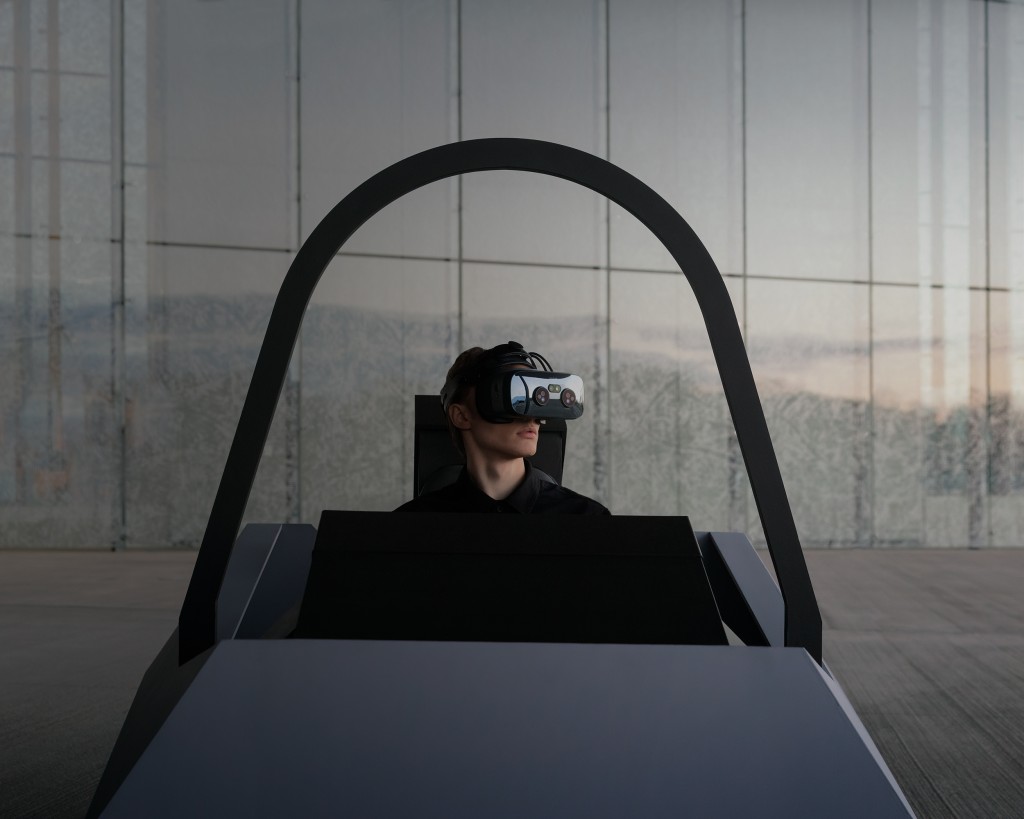Training in VR and XR: Simulator Sickness Explained (And Eliminated)
Simulator sickness, or simulation sickness, is a form of motion sickness that commonly occurs when using virtual reality technologies. Typical scenarios where it can occur include first-person VR games and virtual reality flight simulators. The symptoms of simulator sickness include for example nausea, disorientation, discomfort, eye strain, and drowsiness.
While it is a form of motion sickness, simulator sickness does not require actual movement to occur: the perceived motion in the simulation can be enough to trigger it.
Simulator sickness is a significant issue in simulator training, because it shortens the amount of time a trainee can spend in the simulation. It can reduce the effectiveness of the training because the trainee is not able to fully focus on the training scenario because of the symptoms of simulation sickness. This discomfort can also reduce the trainee’s willingness and motivation to participate in further simulator training, which further erodes the effectiveness of this training.
What Causes Simulator Sickness?
The degree to which people might suffer from simulator sickness varies from person to person. Furthermore, there are several theorized causes for simulator sickness and even the sensitivity to each cause can vary between people.
One potential cause of simulator sickness is the so-called sensory conflict theory. To simplify, this theory says that because a virtual environment induces an optical perception of self-motion that is not corroborated by the other senses as they would in real life, it is likely to cause simulator sickness.
Another potential cause of simulation sickness is postural instability. Basically, although the virtual scenario is similar to real life, it is not similar enough to maintain a normal posture and this unfamiliarity of experience results in simulator sickness until the body adapts. This could be compared for example to sea sickness that passes with time.
Other causes have also been theorized to cause motion sickness in general (and thus also simulator sickness), for example gaze destabilization and motions that stimulate canals in the inner ear. However it is safe to say the full mechanisms of what can cause simulator sickness are not yet fully known.
Practical sources of simulator sickness in MR, AR, and VR
In addition to theories, there are many practical scenarios and product features that may cause simulator sickness. They have been discovered for example through practical experience and experiments.
- High latency. If the VR experience of the headset being used for training has high latency, it can cause simulator sickness. For example, if a person turns their head but the image in the virtual environment does not move fast enough according to the head movement, nausea can occur.
Other typical latency issues that can cause problems are:
- Latency in video pass-through: When operating in mixed reality where digital and real-world objects are mixed together, the video pass-through must have sufficiently low latency to avoid simulator sickness
- Low refresh rate: If the headset has a low refresh rate, this can cause simulator sickness.
- Incorrect interpupillary distance (IPD). The distance between each person’s eyes varies a lot. This means that headsets, which use lenses to display the image, must also have a way to change the position of those lenses to account for the different interpupillary distances. Recent studies have shown that an improperly adjusted interpupillary distance (IPD) is the cause of 40% of all cyber sickness.
- Laggy or inaccurate hand tracking: Slow and inaccurate hand tracking can cause a multitude of issues such as negative training, because it does not allow reaction time to develop appropriately. Laggy hand tracking can also result in simulator sickness as some users experience discomfort when they move their hand but it doesn’t follow fast enough in their visual perception compared to the sense of their limb.
- Low resolution. When low resolution scenes are displayed close to the eye (as is the case with headset images), it can cause eye strain and simulator sickness. Low resolution also makes it hard for the wearer to use their gaze as they would in real life, because they are unable to see objects that are far away in meaningful detail (which they could do in real life).

How Varjo Headsets Eliminate Simulator Sickness
Professional-grade headsets, have made massive strides in addressing simulation or cyber sickness issues. Varjo’s headsets can be used for hours on end without simulator sickness experienced by the user.
Capabilities that ensure this include:
- Automatic interpupillary-distance adjustment. Varjo headsets automatically calibrate themselves to each individual user so their IPD is taken into account to avoid cyber sickness. With an IPD range of 57–73mm, they fit almost any potential user.
- High refresh rate: Varjo headsets have a refresh rate of 90 hz, which helps avoid simulator sickness.
- Extremely high resolution: With resolutions of more than 70 pixels per degree, which is greater than what can be detected by a human eye with 20/20 vision, Varjo headsets can display virtual scenes in real-life fidelity and allow users to perceive objects at realistic visibility distances.
- Low latency, high-definition video pass-through: Varjo is capable of true mixed reality where video and virtual representations reach parity and cannot be differentiated. The core technology that provides mixed reality is video pass-through, enabled by stereo 12-megapixel cameras that digitize the world in real-time. With latency under 20 milliseconds, this delay is undetectable in normal interaction situations and universally deemed good enough to avoid the creation of false sensations and simulator sickness.
Want to learn more about training with human-eye resolution virtual and mixed reality? Reach out to our team to schedule a call, or download our free-of-charge e-book on pilot training with VR/XR.